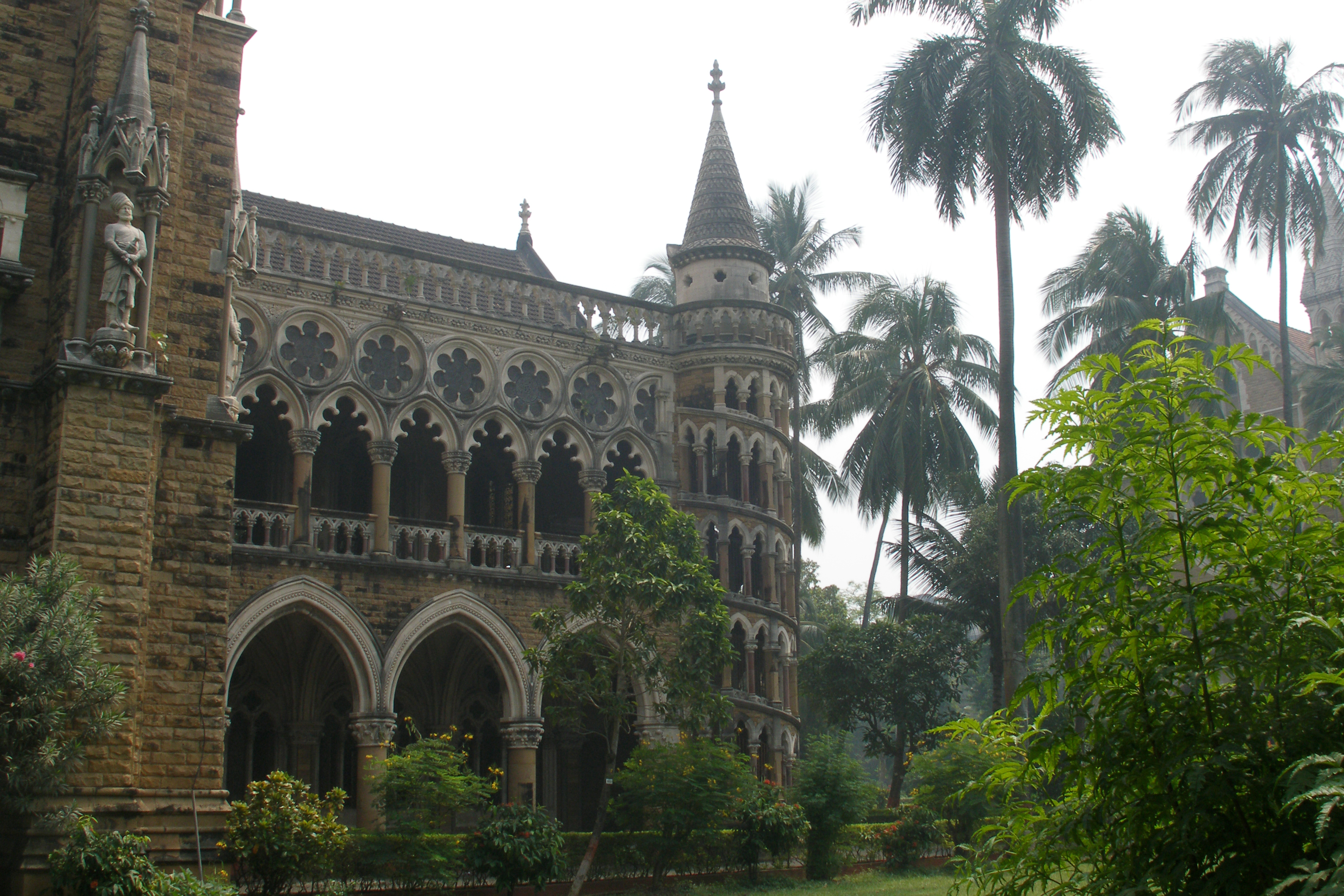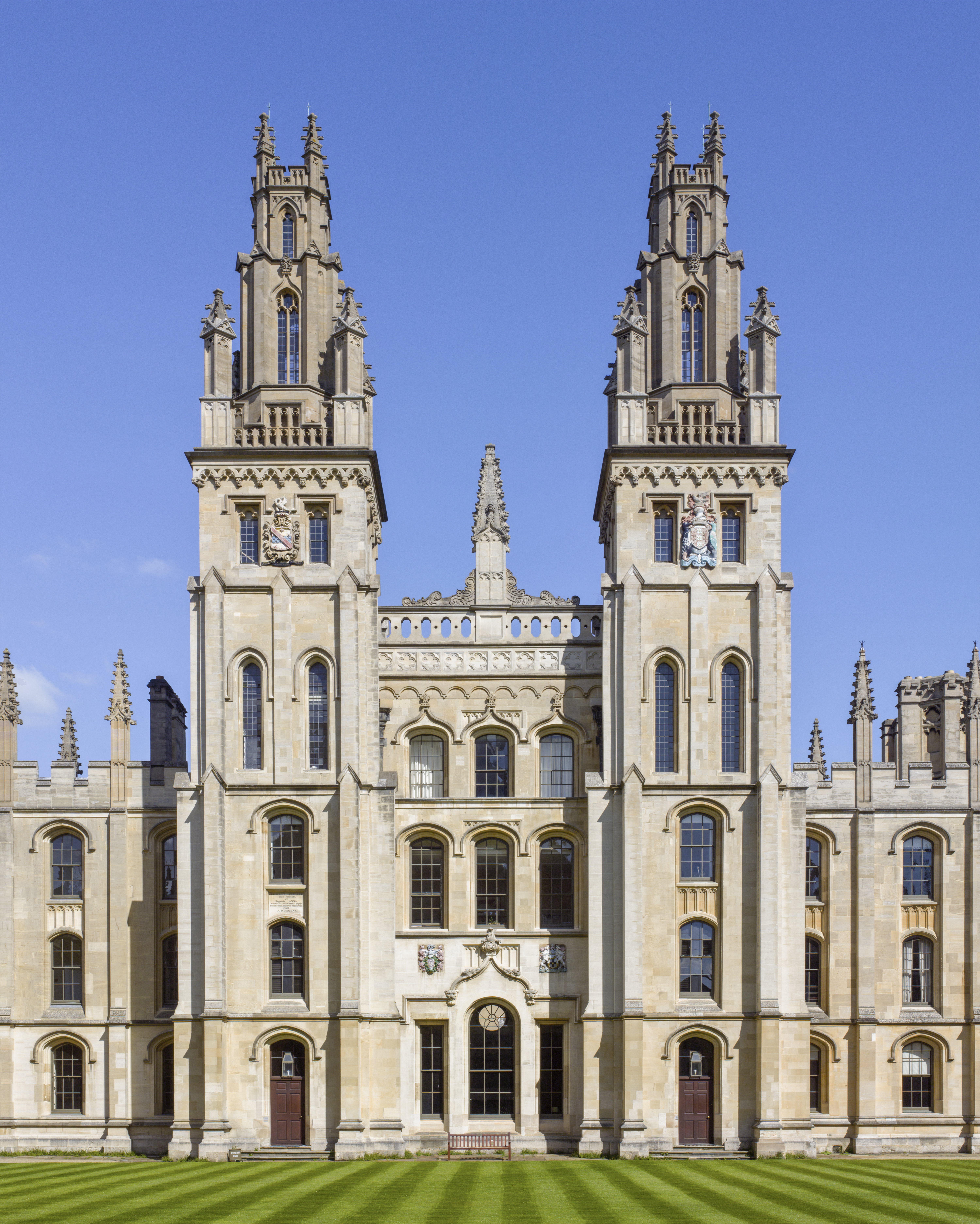|
M. N. Srinivas
Mysore Narasimhachar Srinivas (1916–1999) was an Indian sociologist and social anthropologist. He is mostly known for his work on caste and caste systems, social stratification, Sanskritisation and Westernisation in southern India and the concept of 'dominant caste'. He is considered to be one of the pioneering personalities in the field of sociology and social anthropology in India as his work in Rampura (later published as '' The Remembered Village'') remains one of the early examples of ethnography in India. That was in contrast to most of his contemporaries of the Bombay School, who focused primarily on a historical methodology to conduct research, mainly in Indology. Biography Srinivas was born in a brahmin family on 16 November 1916. Srinivas earned his doctorate in sociology from the University of Bombay (later renamed as University of Mumbai) and went to All Souls College, University of Oxford for his fellowship. Although, he had already written a book on f ... [...More Info...] [...Related Items...] OR: [Wikipedia] [Google] [Baidu] |
Mysore
Mysore (), officially Mysuru (), is a city in the southern part of the state of Karnataka, India. Mysore city is geographically located between 12° 18′ 26″ north latitude and 76° 38′ 59″ east longitude. It is located at an altitude of above mean sea level. Mysore is situated at the foothills of Chamundi Hills about towards the southwest of Bangalore and spread across an area of . Mysore City Corporation is responsible for the civic administration of the city, which is also the headquarters of Mysore district and Mysore division. It served as the capital city of the Kingdom of Mysore for nearly six centuries from 1399 until 1956. The Kingdom was ruled by the Wadiyar dynasty, with a brief period of interregnum in the late 18th century when Hyder Ali and Tipu Sultan were in power. The Wadiyars were patrons of art and culture. Tipu Sultan and Hyder Ali also contributed significantly to the cultural and economic growth of the city and the state by planting mulber ... [...More Info...] [...Related Items...] OR: [Wikipedia] [Google] [Baidu] |
Social Stratification
Social stratification refers to a society's categorization of its people into groups based on socioeconomic factors like wealth, income, race, education, ethnicity, gender, occupation, social status, or derived power (social and political). As such, stratification is the relative social position of persons within a social group, category, geographic region, or social unit. In modern Western societies, social stratification is typically defined in terms of three social classes: the upper class, the middle class, and the lower class; in turn, each class can be subdivided into the upper-stratum, the middle-stratum, and the lower stratum. Moreover, a social stratum can be formed upon the bases of kinship, clan, tribe, or caste, or all four. The categorization of people by social stratum occurs most clearly in complex state-based, polycentric, or feudal societies, the latter being based upon socio-economic relations among classes of nobility and classes of peasants. Whether socia ... [...More Info...] [...Related Items...] OR: [Wikipedia] [Google] [Baidu] |
Institute For Social And Economic Change
The Institute for Social and Economic Change (ISEC) is a social science research institute in Bangalore, India. Founded in 1972, it is the largest among the 27 institutions supported by Indian Council of Social Science Research (ICSSR). ISEC is one of three major institutions established by Prof. V. K. R. V. Rao, along with the Delhi School of Economics and the Institute of Economic Growth, Delhi. Institute for Social and Economic Change (ISEC) multi-disciplinary social science research institute established by Prof. V.K.R.V Rao in 1972, funded by the Indian Council of Social Science Research (ICSSR) and the Government of Karnataka. The thrust of the institute is to integrate the social science research skills in initiating, complementing, participating and furthering the social, economic and political changes of the societies with an emphasis on equity and justice. Prof. Rao’s vision was to build purposeful interactions within social science disciplines as well as with other ... [...More Info...] [...Related Items...] OR: [Wikipedia] [Google] [Baidu] |
Maharaja Sayajirao University Of Baroda
The Maharaja Sayajirao University of Baroda, formerly Baroda College, is a public university in the city of Vadodara, in Gujarat state, India. Originally established as a college in 1881, it became a university in 1949 after the independence of the country. It was later renamed after its benefactor Maharaja Sayajirao Gaekwad III, the former ruler of Baroda State. The university offers undergraduate, post-graduate, and doctoral programs. It houses 89 departments spread over 6 campuses (2 rural and 4 urban) covering 275 acres of land. History The university has its origins in the Baroda College, established in 1881 by Baroda State. The main building, which houses the Faculty of Arts, was designed by Robert Fellowes Chisholm in Indo-Saracenic architecture style, in a fusion of Indian and Byzantine arches and domes in brick and polychrome stone. The main dome on the convocation hall was modelled after the great dome of the Gol Gumbaz in Bijapur. Pratap Singh Gaekwad of Baroda (1 ... [...More Info...] [...Related Items...] OR: [Wikipedia] [Google] [Baidu] |
University Of Delhi
Delhi University (DU), formally the University of Delhi, is a collegiate central university located in New Delhi, India. It was founded in 1922 by an Act of the Central Legislative Assembly and is recognized as an Institute of Eminence (IoE) by the University Grants Commission (UGC). As a collegiate university, its main functions are divided between the academic departments of the university and constituent colleges. Consisting of three colleges, two faculties, and 750 students at its founding, the University of Delhi has since become India's largest institution of higher learning and among the largest in the world. The university has 16 faculties and 86 departments distributed across its North and South campuses, and remaining colleges across the region. It has 91 constituent colleges. The Vice President of India serves as the university chancellor. History The University of Delhi was established in 1922 as a unitary, teaching and residential university by an Act of the the ... [...More Info...] [...Related Items...] OR: [Wikipedia] [Google] [Baidu] |
University Of Bombay
The University of Mumbai is a collegiate, state-owned, public research university in Mumbai. The University of Mumbai is one of the largest universities in the world. , the university had 711 affiliated colleges. Ratan Tata is the appointed head of the advisory council. History In accordance with "Wood's despatch", drafted by Sir Charles Wood in 1854, the University of Bombay was established in 1857 after the presentation of a petition from the Bombay Association to the British colonial government in India. The University of Mumbai was modelled on similar universities in the United Kingdom, specifically the University of London. The first departments established were the Faculty of Arts at Elphinstone College in 1835 and the Faculty of Medicine at Grant Medical College in 1845. Both colleges existed before the university was founded and surrendered their degree-granting privileges to the university. The first degrees awarded in 1862 were Bachelor of Arts and Licentiate in ... [...More Info...] [...Related Items...] OR: [Wikipedia] [Google] [Baidu] |
All Souls College, Oxford
All Souls College (official name: College of the Souls of All the Faithful Departed) is a constituent college of the University of Oxford in England. Unique to All Souls, all of its members automatically become fellows (i.e., full members of the college's governing body). It has no undergraduate members, but each year, recent graduate and postgraduate students at Oxford are eligible to apply for a small number of examination fellowships through a competitive examination (once described as "the hardest exam in the world") and, for those shortlisted after the examinations, an interview.Is the All Souls College entrance exam easy now? , ''The Guardian'', 17 May 2010. The college entrance is on the north side of |
Brahmin
Brahmin (; sa, ब्राह्मण, brāhmaṇa) is a varna as well as a caste within Hindu society. The Brahmins are designated as the priestly class as they serve as priests (purohit, pandit, or pujari) and religious teachers (guru or acharya). The other three varnas are the Kshatriya, Vaishya and Shudra. The traditional occupation of Brahmins is that of priesthood at the Hindu temples or at socio-religious ceremonies, and rite of passage rituals such as solemnising a wedding with hymns and prayers.James Lochtefeld (2002), Brahmin, The Illustrated Encyclopedia of Hinduism, Vol. 1: A–M, Rosen Publishing, , page 125 Traditionally, the Brahmins are accorded the highest ritual status of the four social classes. Their livelihood is prescribed to be one of strict austerity and voluntary poverty ("A Brahmin should acquire what just suffices for the time, what he earns he should spend all that the same day"). In practice, Indian texts suggest that some Brahmins historicall ... [...More Info...] [...Related Items...] OR: [Wikipedia] [Google] [Baidu] |
Indology
Indology, also known as South Asian studies, is the academic study of the History of India, history and Culture of India, cultures, Languages of South Asia, languages, and Indian literature, literature of the Indian subcontinent, and as such is a subset of Asian studies. The term ''Indology'' (in German, ''Indologie'') is often associated with German scholarship, and is used more commonly in departmental titles in German and continental European universities than in the anglophone academy. In the Netherlands, the term ''Indologie'' was used to designate the study of Indian history and culture in preparation for colonial service in the Dutch East Indies. Classical Indology majorly includes the linguistic studies of Sanskrit literature, Pāli and Tamil literature, as well as study of Dharmic religions (like Hinduism, Buddhism, Jainism, etc.). Some of the regional specializations under South Asian studies include: * Bengali studies — study of culture and languages of History of Ben ... [...More Info...] [...Related Items...] OR: [Wikipedia] [Google] [Baidu] |
Historical Method
Historical method is the collection of techniques and guidelines that historians use to research and write histories of the past. Secondary sources, primary sources and material evidence such as that derived from archaeology may all be drawn on, and the historian's skill lies in identifying these sources, evaluating their relative authority, and combining their testimony appropriately in order to construct an accurate and reliable picture of past events and environments. In the philosophy of history, the question of the nature, and the possibility, of a sound historical method is raised within the sub-field of epistemology. The study of historical method and of different ways of writing history is known as historiography. Source criticism Source criticism (or information evaluation) is the process of evaluating the qualities of an information source, such as its validity, reliability, and relevance to the subject under investigation. Gilbert J. Garraghan and Jean Delangl ... [...More Info...] [...Related Items...] OR: [Wikipedia] [Google] [Baidu] |
Ethnography
Ethnography (from Greek ''ethnos'' "folk, people, nation" and ''grapho'' "I write") is a branch of anthropology and the systematic study of individual cultures. Ethnography explores cultural phenomena from the point of view of the subject of the study. Ethnography is also a type of social research that involves examining the behavior of the participants in a given social situation and understanding the group members' own interpretation of such behavior. Ethnography in simple terms is a type of qualitative research where a person puts themselves in a specific community or organization in attempt to learn about their cultures from a first person point-of-view. As a form of inquiry, ethnography relies heavily on participant observation—on the researcher participating in the setting or with the people being studied, at least in some marginal role, and seeking to document, in detail, patterns of social interaction and the perspectives of participants, and to understand these i ... [...More Info...] [...Related Items...] OR: [Wikipedia] [Google] [Baidu] |
Rampur, Karnataka
Rampur, Karnataka is a village in Belgaum district of Karnataka Karnataka (; ISO: , , also known as Karunāḍu) is a state in the southwestern region of India. It was formed on 1 November 1956, with the passage of the States Reorganisation Act. Originally known as Mysore State , it was renamed ''Karnat ..., India. , 2001 Census of India References Villages in Belagavi district {{Chikodi-geo-stub ...[...More Info...] [...Related Items...] OR: [Wikipedia] [Google] [Baidu] |





_Bhumi_Puja%2C_yajna.jpg)

